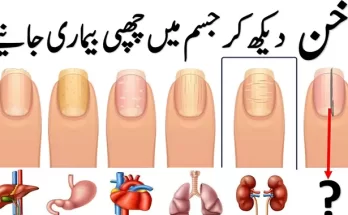
There are many different types of liver disease but with any liver disease the liver damage will progress in a similar way. It is important to know what happens to your liver at each stage of the progression before complete liver failure. Understanding the progression of liver disease may help you make better health choices.
Your liver is one of the most important organs in your body. It is responsible for detoxifying the blood, aiding food digestion and storing energy as sugars for later use. But those are only the liver’s main functions.
There are also about 500 other functions that contribute to your health. When your liver cannot function properly, your whole body will be affected.
Here are the four stages of liver disease.
Stage 1: Inflammation – The Early Warning Sign
The first indication that something may be wrong with your liver is inflammation. This happens when your immune system reacts to harmful substances—like excess toxins, fat, or viruses—causing the liver to swell.
Common causes of liver inflammation include:
Non-alcoholic fatty liver disease
Alcoholic fatty liver disease
Viral or autoimmune hepatitis
At this stage, you might notice pain or discomfort in the upper right side of your abdomen. Some people report feeling warmth in the area. However, in conditions like non-alcoholic fatty liver disease, there may be no symptoms at all.
If you’re experiencing any signs of liver inflammation, it’s important to talk to your doctor. The good news? Catching liver damage early gives you a chance to reverse it with treatment and lifestyle changes.
Stage 2: Fibrosis – The Beginning of Scarring
If inflammation is left untreated, it can start to damage liver tissue, leading to fibrosis. This is when scar tissue begins to replace healthy cells. As scar tissue builds up, the liver struggles to do its job, and blood flow through the organ may be restricted.
Despite the damage, the liver still has a chance to heal during this stage—especially if you take action with medications, improved diet, and other healthy habits. The liver is incredibly resilient and can regenerate if given the right support.
Stage 3: Cirrhosis – Severe and Irreversible Damage
Without treatment, fibrosis can advance to cirrhosis—an advanced stage of liver disease marked by extensive scarring. At this point, the liver’s ability to repair itself is lost.
Cirrhosis develops slowly, often over 20 to 30 years, which means symptoms might not appear until the damage is already serious. Some common signs include:
Fatigue and weakness
Loss of appetite and weight loss
Nausea
Swelling in the abdomen (ascites) or legs (edema)
Itchy skin
Jaundice (yellowing of the skin and eyes)
Spider-like blood vessels on the skin
Cirrhosis increases the risk of serious complications, including liver cancer. While the damage can’t be undone, treatments focus on slowing further scarring and managing the symptoms.
Stage 4: Liver Failure – When the Liver Shuts Down
Liver failure occurs when the liver can no longer perform its functions. It can happen suddenly (acute liver failure), often due to poisoning or a drug overdose, or it can be the result of years of damage from chronic conditions like cirrhosis.
As liver failure progresses, both physical and mental symptoms can appear. You might experience:
Confusion or disorientation
Diarrhea
Loss of appetite
Rapid weight loss
Because these symptoms overlap with other health issues, diagnosing liver failure can be challenging without proper tests.
In cases of liver failure, immediate medical attention is critical. If the liver is too damaged to recover, a liver transplant may be the only option.
Understanding how liver disease progresses—from inflammation to complete failure—can empower you to take better care of your liver. Early diagnosis and lifestyle changes can make a big difference, especially in the earlier stages. If you have concerns about your liver health, don’t wait—talk to your healthcare provider and take action today.





